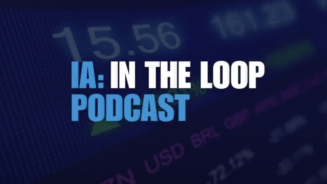It is noteworthy that one important source of incremental demand is China’s effort to increase its strategic petroleum reserve — the capacity of which is expected to double this year — and could lead to total incremental demand from that country of 70-90 million barrels in 2016.

This is also backed up by private sector forecasters such as Goldman Sachs:
 Chart 3: Demand forecasts – Goldman Sachs (‘000 b/d)
Chart 3: Demand forecasts – Goldman Sachs (‘000 b/d)
On the supply side of the equation, Non OPEC supply rose in 2015, although about 300,000 b/d less than the increase in global demand. In 2016, however, the weakness of prices and the decline in investment should lead to a contraction in Non OPEC supply of 660,000 b/d. For instance, between its December and January reports, OPEC reduced its forecast for US production sharply, from a decline of 170,000 b/d to a decline of 370,000 b/d.

However, considering the decline in the US rig count relative to production (see chart below), this still could prove an overly optimistic forecast. Shale oil producers operate at a higher point on the production cost curve and despite the recent decline in oilfield services costs and efficiency gains driven by technological advancements, current crude oil prices make incremental investment uneconomic for many shale operators.
Another characteristic of shale wells is a higher depletion rate. When combining the higher depletion rate with the disincentive current prices provide for incremental investment, there should be a sharp decline in production by the end of 2016.




